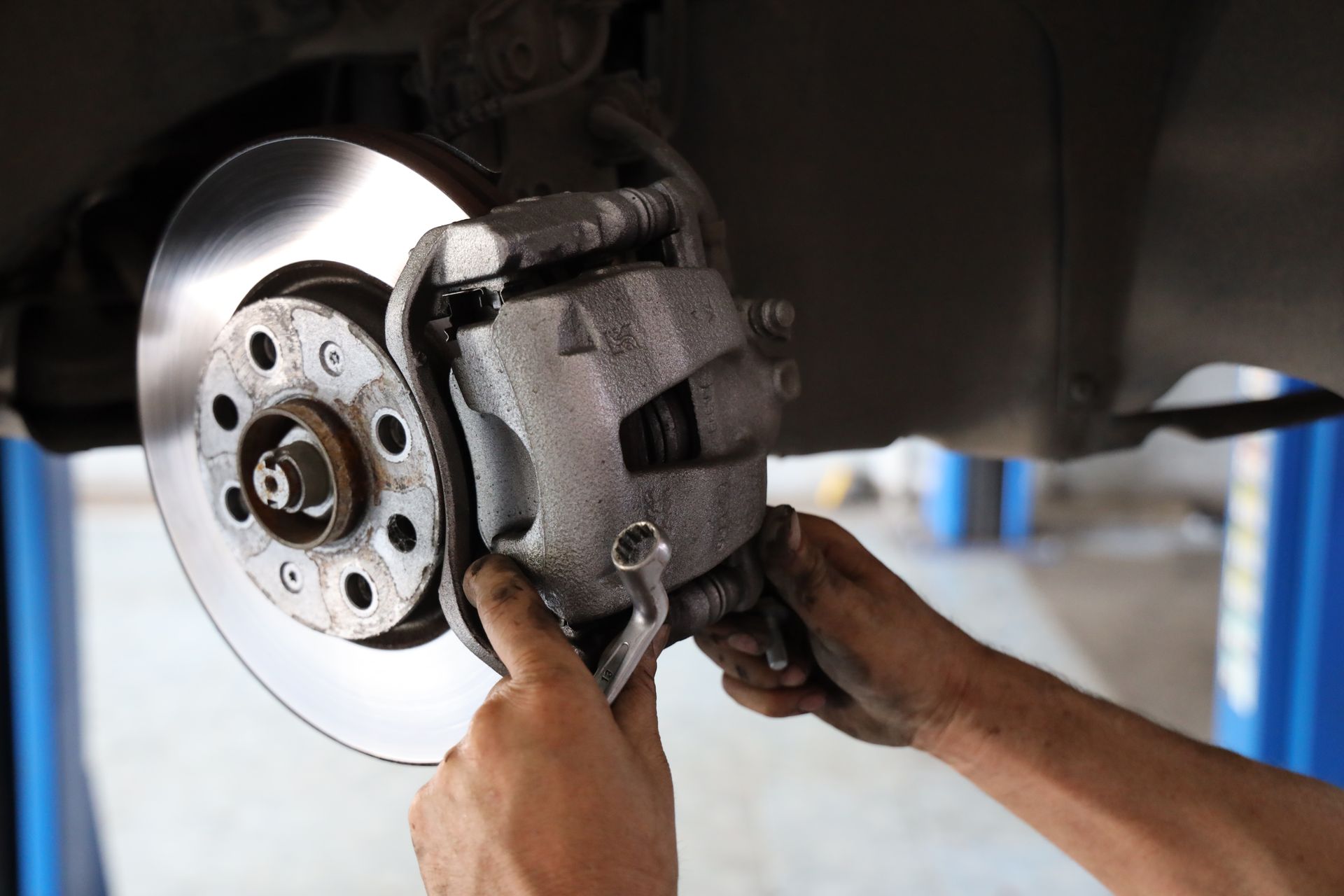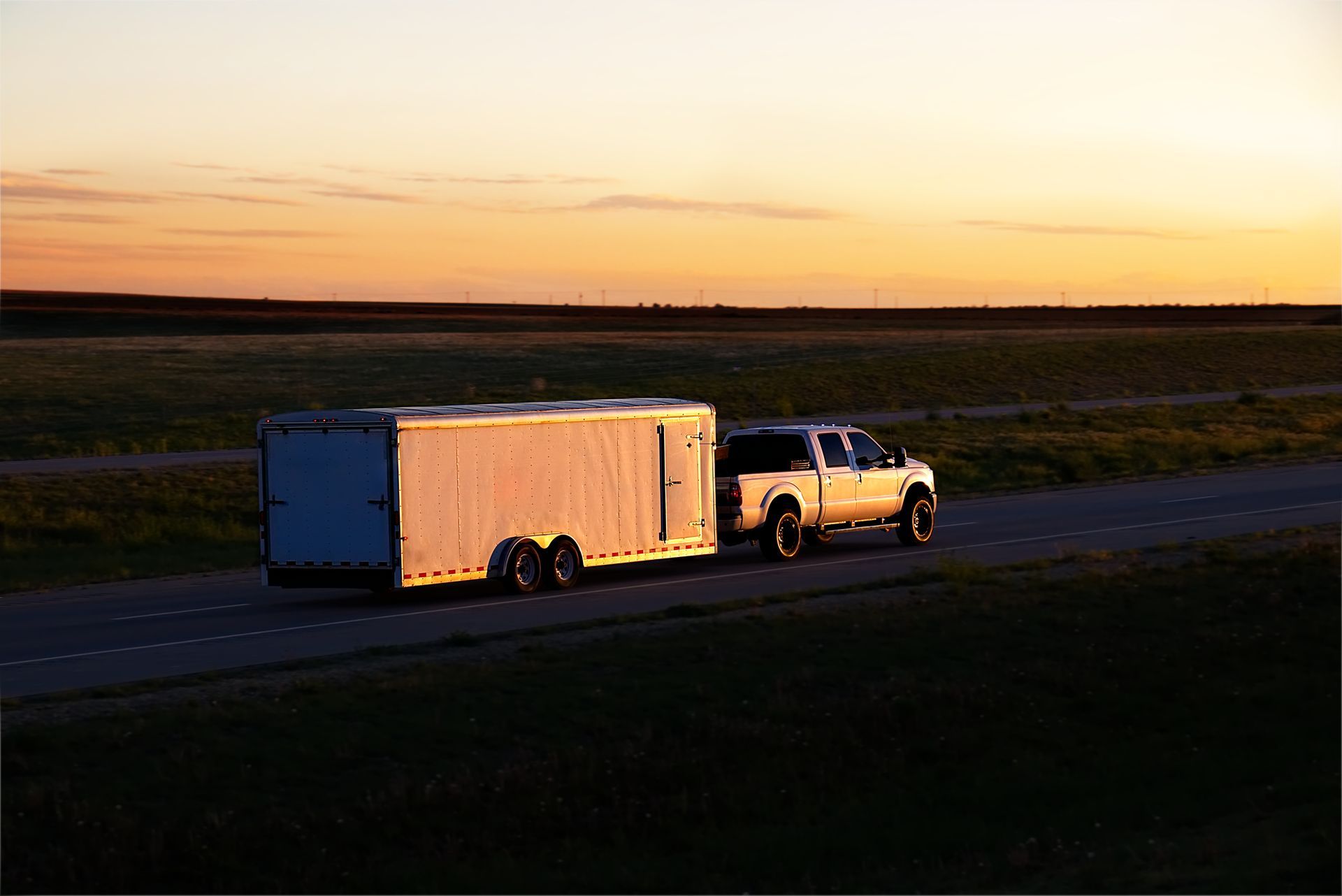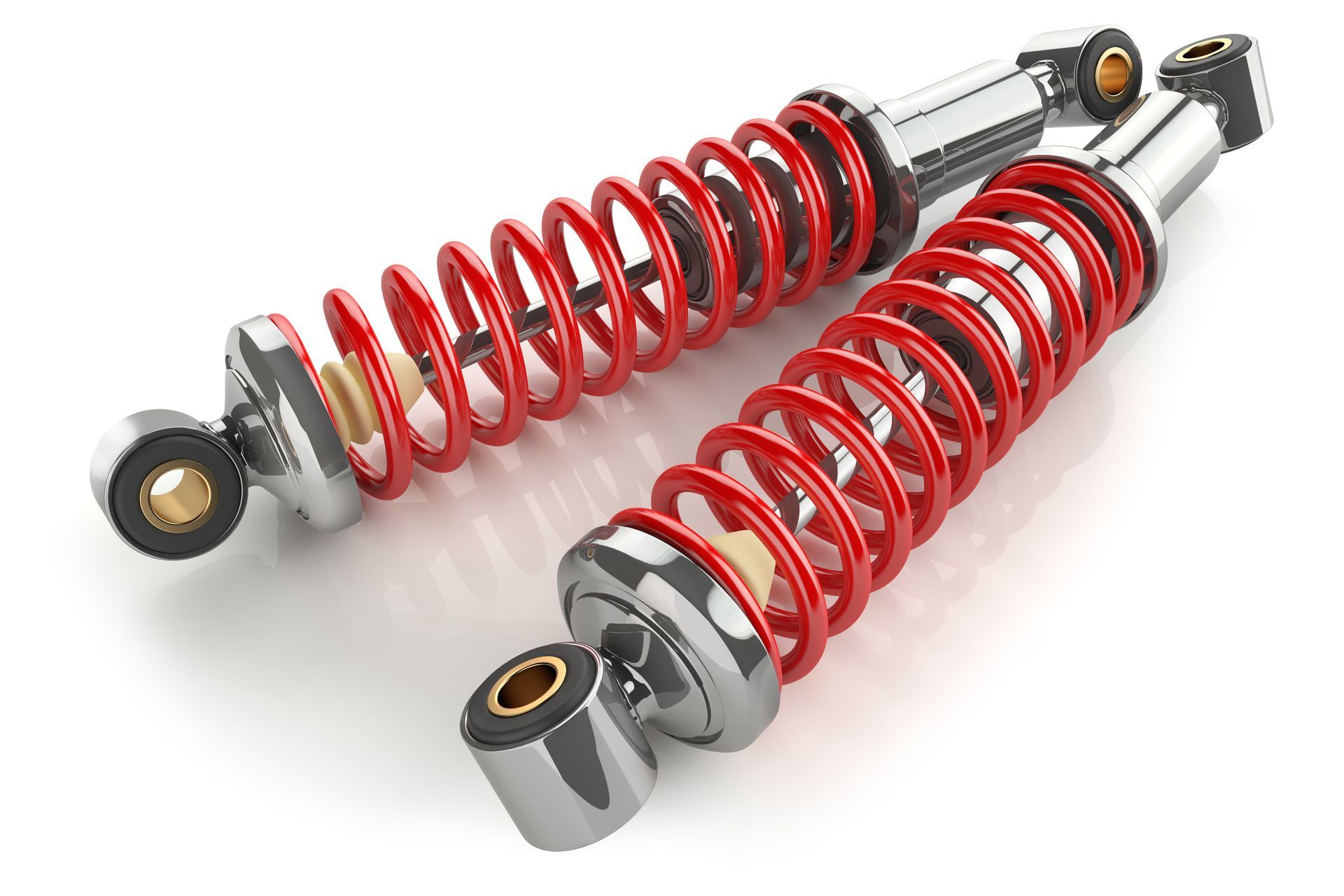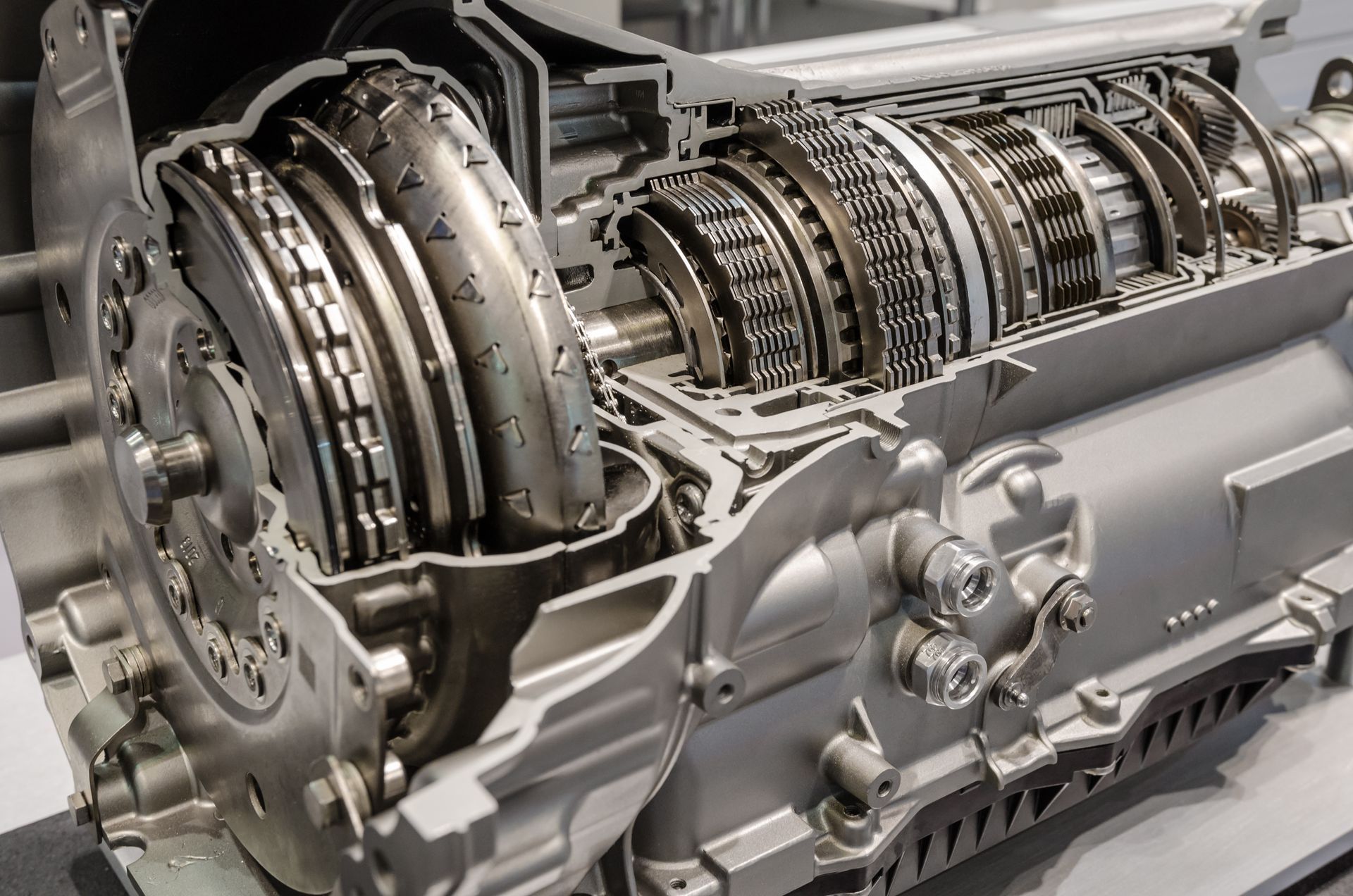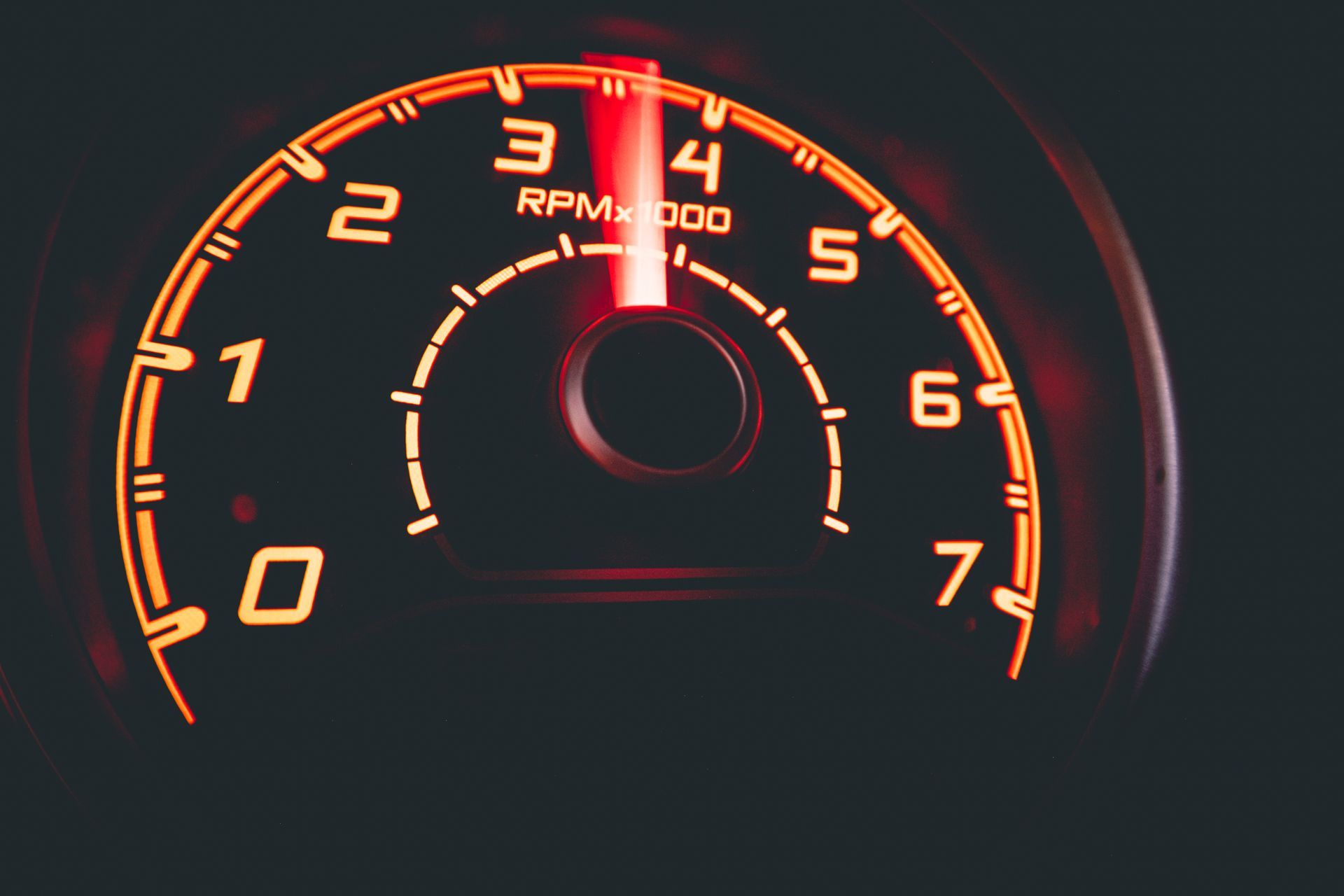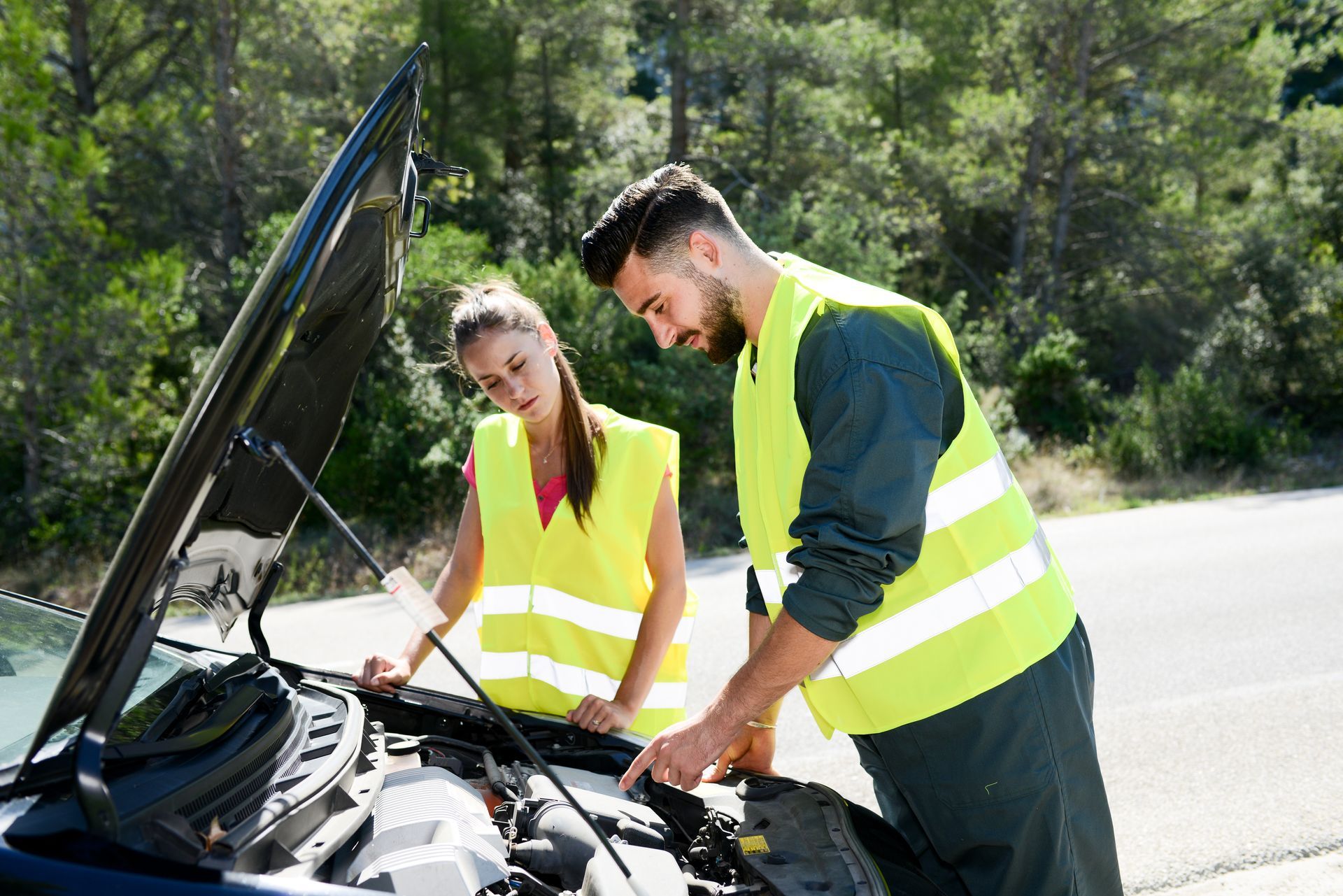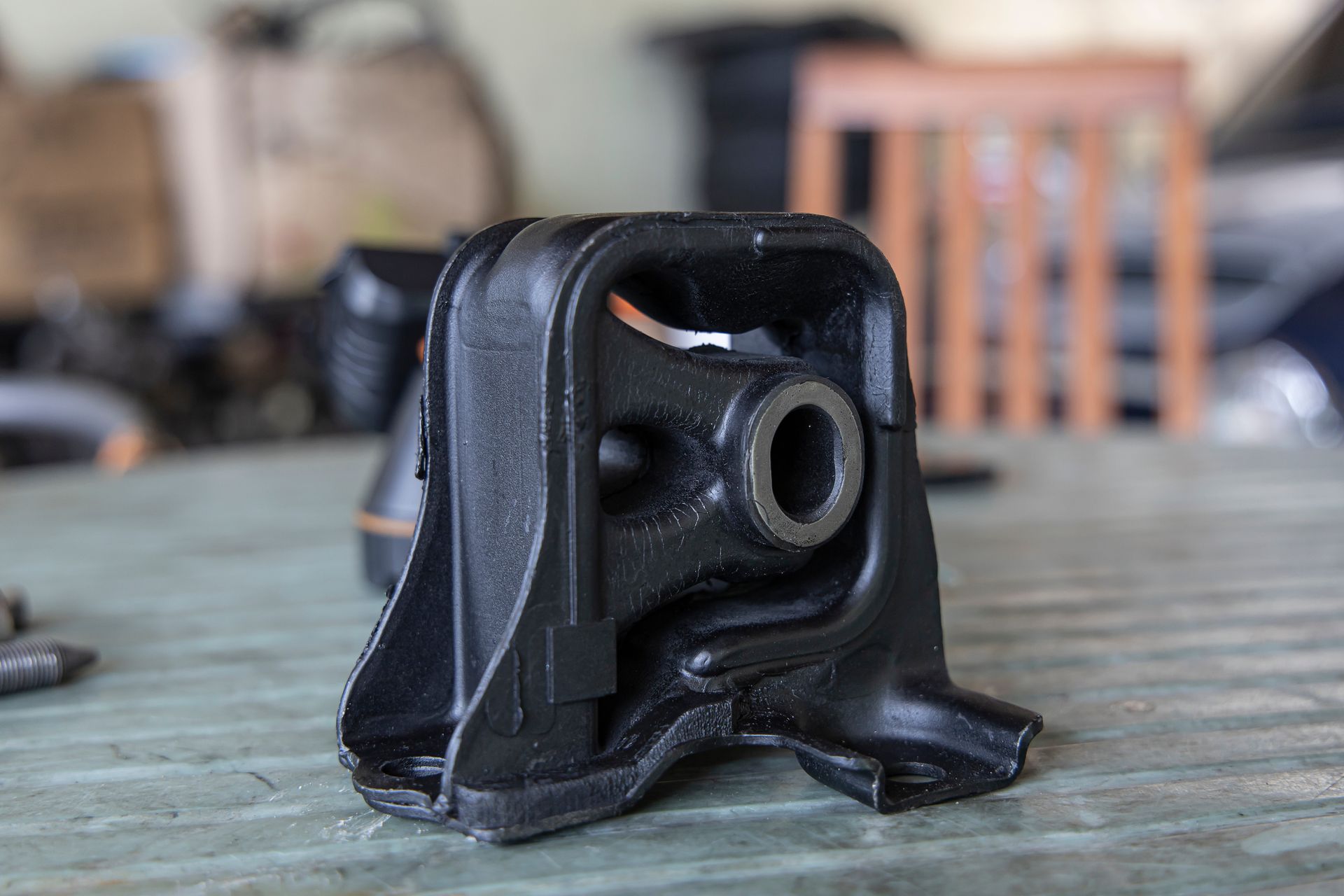Driving is a liberating experience, but it comes with its challenges, especially when it comes to protecting your vehicle from body damage and scratches. We'll explore some practical driving tips and tricks to help you confidently navigate the road while safeguarding your vehicle's exterior.
Common Causes of Body Damage
Before we delve into driving tips, let's first understand the common culprits behind body damage and scratches on vehicles. Factors such as parking lot mishaps, tight spaces, stray shopping carts, and road debris pose significant risks to your vehicle's exterior.
Additionally, minor collisions, door dings, and careless drivers can all contribute to unsightly scratches and dents.
Choose Parking Spots Wisely
One of the simplest ways to avoid body damage and scratches is to be selective about where you park your vehicle. Opt for parking spots away from high-traffic areas, such as the end of a row or in a corner. Look for spaces with ample room on either side to minimize the risk of door dings from neighboring vehicles. If parking in a lot, consider using designated spots for larger vehicles or those with extra clearance.
Practice Defensive Driving
Defensive driving isn't just about avoiding accidents; it's also about protecting your vehicle from potential hazards on the road.
Stay alert and attentive behind the wheel, anticipating the actions of other drivers and adjusting your speed and position accordingly.
Keep a safe following distance to avoid rear-end collisions, and be mindful of road conditions that could kick up debris and cause damage to your vehicle's paintwork.
Invest in Protective Measures
Consider investing in protective measures to shield your vehicle's exterior from damage. Installing mud flaps can help deflect rocks and debris kicked up by your tires, reducing the risk of scratches and dents. Clear vinyl wraps or protective films can also be applied to vulnerable areas such as the front bumper, hood, and side mirrors to provide an extra layer of defense against road hazards.
Regular Maintenance and Care
Regular maintenance and care are essential for preserving your vehicle's appearance and minimizing the risk of body damage. Keep your vehicle clean and free of dirt, debris, and corrosive substances that can accelerate paint damage. Promptly address any scratches or chips in the paintwork to prevent rust and corrosion from taking hold.
Additionally, consider applying a quality wax or sealant to protect your vehicle's paint and keep it looking its best.
You Might Also Ask About:
What should I do if my vehicle gets scratched or dented?
To keep your vehicle looking its best and prevent further damage, promptly address any scratches or dents by seeking professional auto body repair services.
Can I prevent door dings when parking in crowded lots?
Strategically choosing parking spots and using protective measures such as door edge guards or parking far away from other vehicles can minimize the risk of door dings in crowded parking lots.
How often should I wax or seal my vehicle's paint?
It's recommended to wax or seal your vehicle's paint every three to six months, depending on factors such as climate, driving conditions, and exposure to environmental contaminants.
Accidents happen, and we all know it. Come by Barsh Automotive if your car has had an unfortunate bump or scratch on the road, and we will be happy to fix it.

